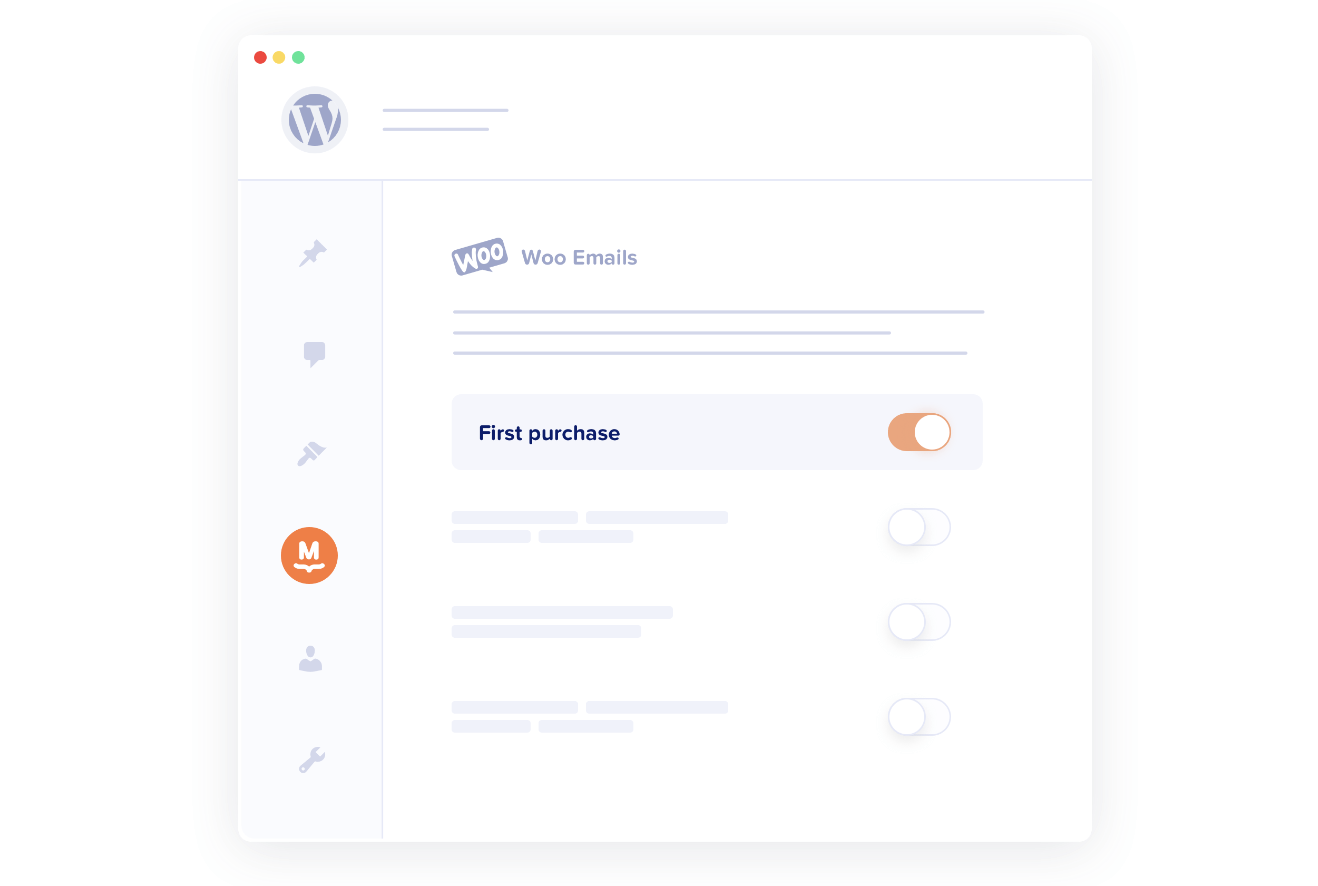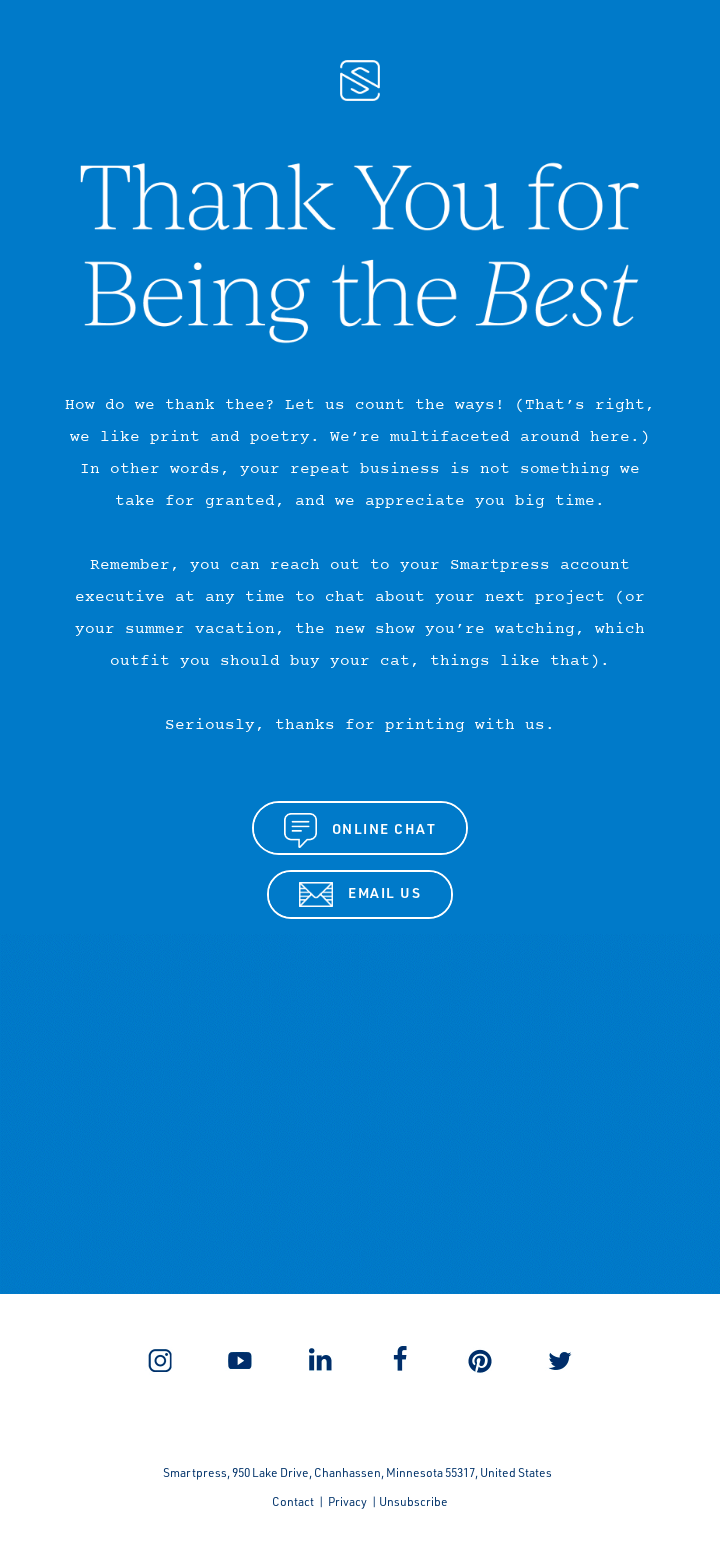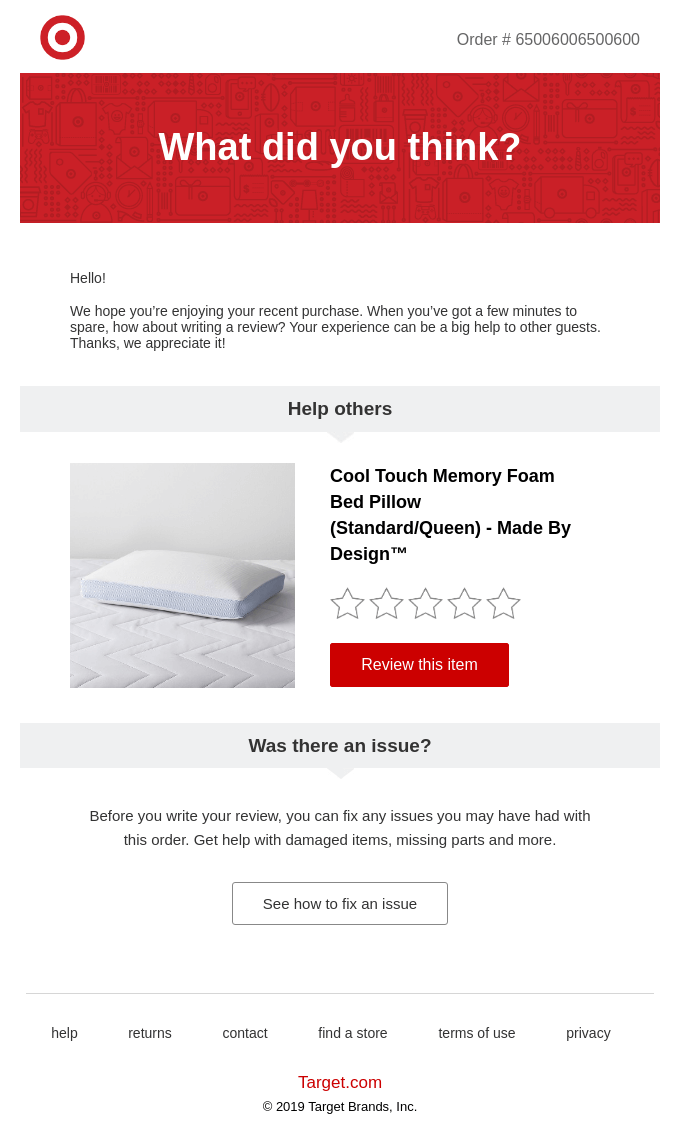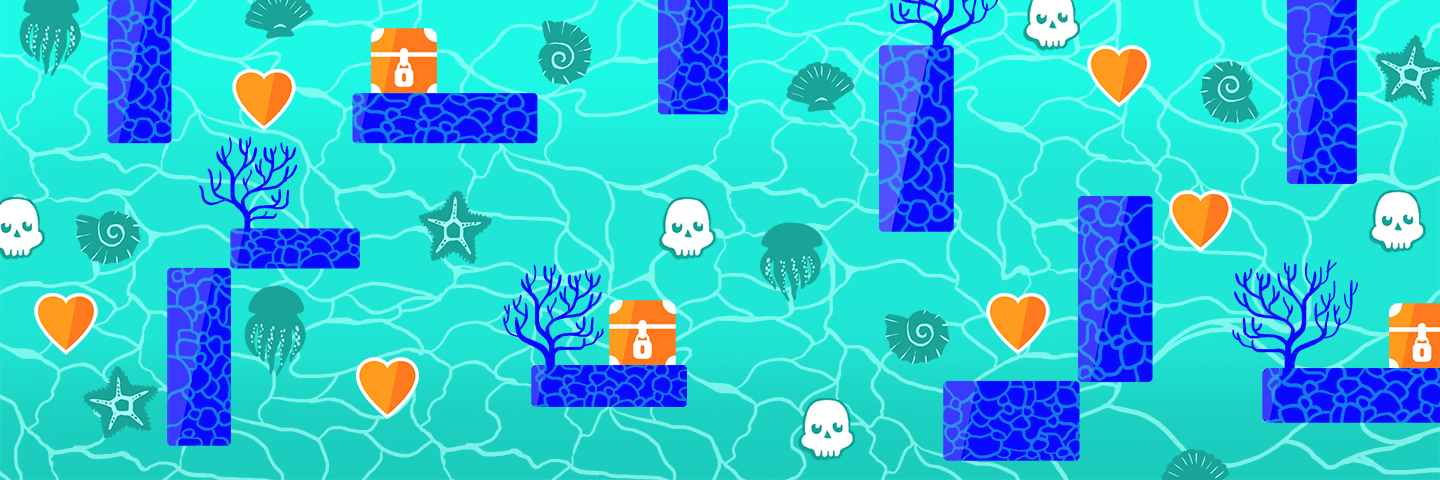You’ve made a new sale, and that means you’ve won a new customer. But the first sale is just the beginning.
For almost any business, you want your first-time customers to become repeat customers, because it’s a lot easier to sell to them again than it is to get new ones to buy for the first time. And the best way to engage customers after their first purchase is to follow up with post-purchase emails.
Why post-purchase emails work
Repeat business is the surest path to long-term growth and stable profits.
After a new customer makes a purchase, you’ve met their need and they’re satisfied, for now. But they’re going to have new needs that your other products, or the same one they just bought, can meet in the future.
The problem is, with online businesses, it’s easy to be forgotten. It’s not like a brick-and-mortar store, where the store itself can serve as a reminder, assuming the customer drives by it now and then.
Online, the more competition, the harder it is to be found, even by a repeat customer. So, you might assume that, to market to existing customers, you have to go back to PPC ads, display ads, SEO, paid social media, and all the other strategies for getting found online.
But once someone has made a purchase, you can bypass all of those expensive tactics and just market to new subscribers directly via email.
Post-purchase emails work because they keep your business and its products on the minds of your new customers long after their initial purchase. Following up after a purchase makes it much more likely the new customer won’t forget about you.
When to send post-purchase emails
The kinds of emails we’re talking about are not just purchase confirmations and other automated transactional emails like shipping updates. Those matter, but don’t always engage and deepen your relationship with the customer long-term. Once the processing of an order is complete, they’re no longer relevant, and ongoing email marketing to customers who’ve become subscribers should now take over.
Effective post-purchase emails are sent out consistently, starting within a day or two of the initial purchase, and continue weekly, twice a month, or some other interval that is appropriate for your business. And they should continue indefinitely.

Post-purchase email ideas you can use today
You can divide your array of email follow-up ideas into two categories: Emails with offers and emails that nurture the customer relationship.
Follow-up emails with offers
Before you even send your first post-purchase email offer, you should include an upsell right on the Checkout page, or on the thank you page. You can offer a product that complements the one that they’re buying, such as a carrying case, or a different flavor or color.
In other scenarios, you can just offer more of what they already bought. For example, if they’re buying one, offer them two for under twice the price.
Upsell emails
Whether you offer upsells at the point of purchase or not, you can include them again in a post-purchase upsell email. Since this email is being sent after the purchase, you could offer the same complementary product at its normal price or at a slight discount. Or, if you do a checkout upsell like this, promote a different complementary product in the email.
If the upsell is featuring more of what they already bought, since the email will reach them after the purchase, offer at least two more of the same item for a slight discount. In other words, “Since you already have one, why not stock up and save money?”
Friends and family discount offers
For some businesses, you can get customers to bring in friends and family and give them a discount. You’ll be winning more new customers, while encouraging a second purchase from the first one. You can do all this with just one email.

Referral emails
Offer a reward to customers who refer someone else to your business, and include instructions in the email for how your process works. First-time customers can be offered this opportunity very soon after buying.
Loyalty program emails
If your business has a loyalty program, post-purchase emails are a great way to get people signed up. If you include links in the email, they can sign up right away, and now they’re incentivized to make repeat purchases.

Thank you emails
Sending a simple and sincere thank you email is about the easiest thing to do, and a no-strings-attached thank you email will be received well by just about anyone. To measure engagement, you could also include a link to a video with a message of gratitude, or a link to something funny or entertaining on your site or on your social media accounts.
MailPoet has a dedicated feature for setting up and deploying personalized, automated thank you emails for a customer’s first purchase. After a one-time set up, it goes to work for you time and time again.
Emails with thank you discounts
If you want to do a bit more and make your gratitude for your customers’ business a little stronger, you could include a discount on their next purchase. Once you win that second purchase, it’s easier to get the third. So, offering a thank you discount might be a great strategy to try.
Follow-up nurturing emails
Nurturing emails don’t attempt to make an additional sale. They’re focused more on giving value to the customer, so the new buyer develops a positive feeling about your company.
You want to send these out consistently, as discussed earlier. No single nurturing email is going to win a customer for life. It’s about staying in front of them and delivering relevant, valuable, desired content, over time.
Emails with valuable content
Probably the most common type of nurturing email is one that just sends pure content. It might include a link to a blog post, a video, or a podcast. It could include a special report, insider information, helpful content related to their purchase or product category such as a how-to video, and many other types of content.
If this email includes a link to the content, it must “sell” that content, even though it’s free. People won’t just automatically click on your links.

Product surveys
Surveys are a great way to engage new customers and show that you value their opinions, experiences, and input. To increase the chances of them filling out your survey, you can also include an incentive for completion.
Review emails
You can also send emails that ask for reviews. To make it easy to leave reviews and to get more new customers to fill them out, include a link that takes them straight to wherever they will leave the review.
Emails with customer success stories
Testimonials and success stories work after the sale just as well as before. After the sale, they reassure your new customer that they’ve made a smart purchase and are working with a good company. Plus, your success stories might give them ideas for other things to buy.
Again, you can send nearly all of these nurturing emails over and over again. Each good customer success story you have in your records can become its own email. And it should be — don’t cram multiple stories in one email. So if you have ten of them, you have ten emails you can send out. If you did one success story per month, that’s almost a full year’s worth of messaging.
Introduction emails
You can also send nurturing emails that introduce the customer to key employees or staff. You might introduce the owner, the manager, or the founder. You might introduce an all-star employee, or celebrate a recent employee of the month.
And don’t hold back on sharing a few personal details from the lives of these people, if they are okay with it. The more personal the connection between customer and business, the more likely they will buy again. So, if the owner’s kids are graduating high school, let your customers know about it. A new baby born to an employee? Share the good news via email.
Social media emails
You can also deepen engagement by getting your new customers to follow you on your social media accounts.
It’s easy to include social buttons at the bottom of your emails. But you can also create entire emails that do nothing but “sell” your social media. And again, make each email about one thing. Suppose you have Facebook and Instagram accounts. Make a separate email to promote each one. In fact, make several, because not everyone will respond the first time.
When you post something on any of your social channels that you think your new customers might like to hear about, write up a quick email and send it out. You’ll stay in front of your new customers and give them another way to hear from you.
Need a better way to manage your email marketing?
MailPoet offers everything an online business needs to run email marketing. The platform includes automation, templates, data tracking, and everything else required to execute an effective email marketing program, including post-purchase emails to your new customers.



